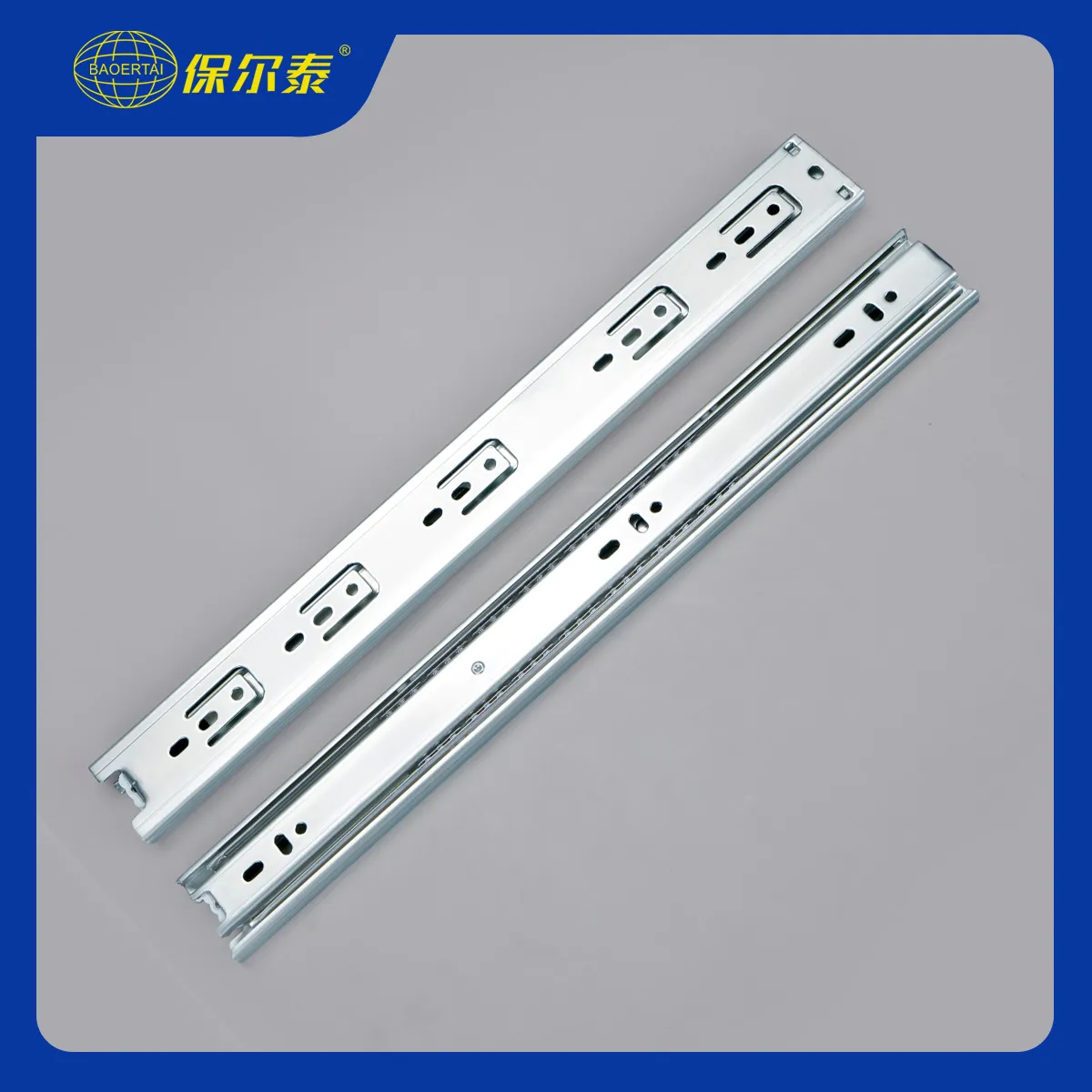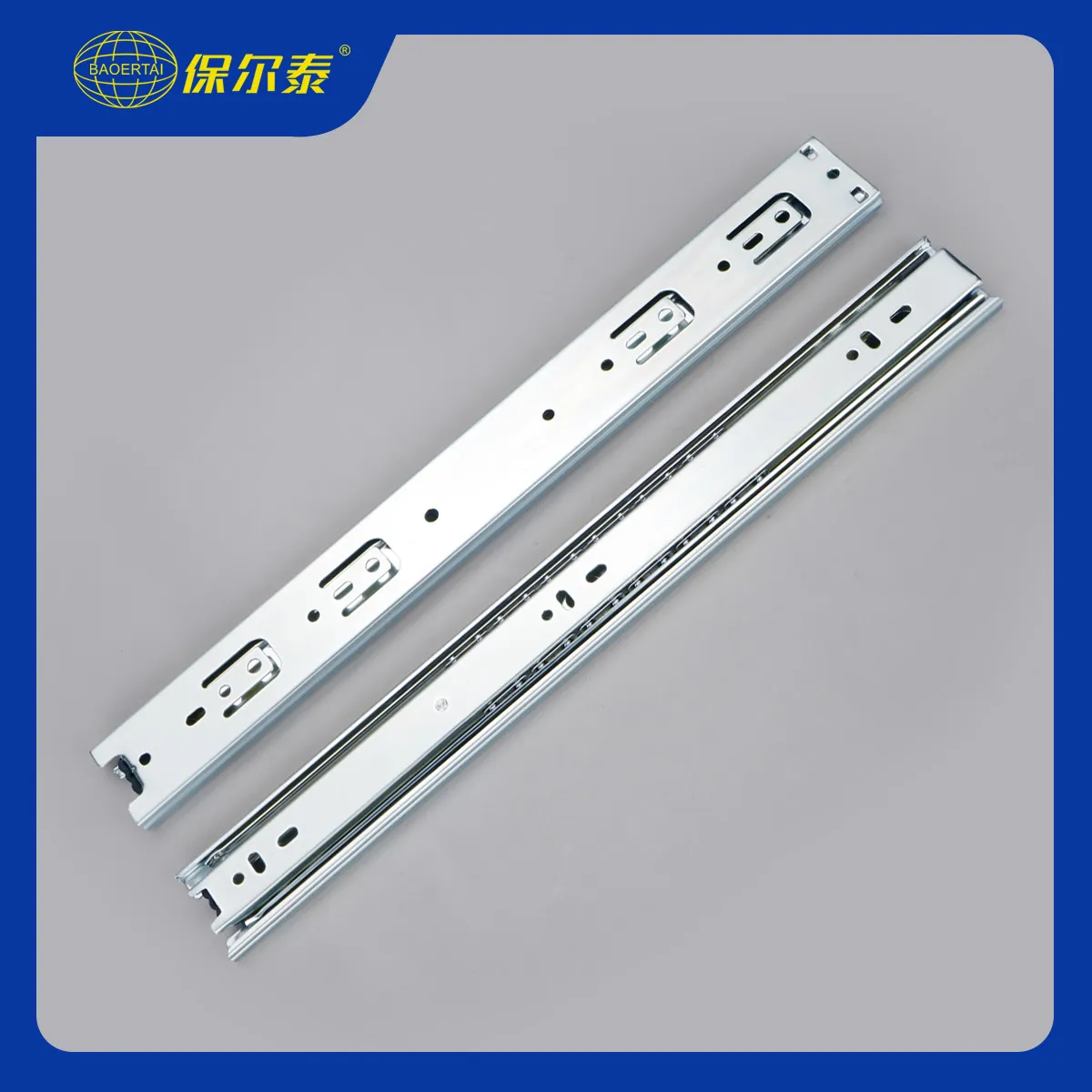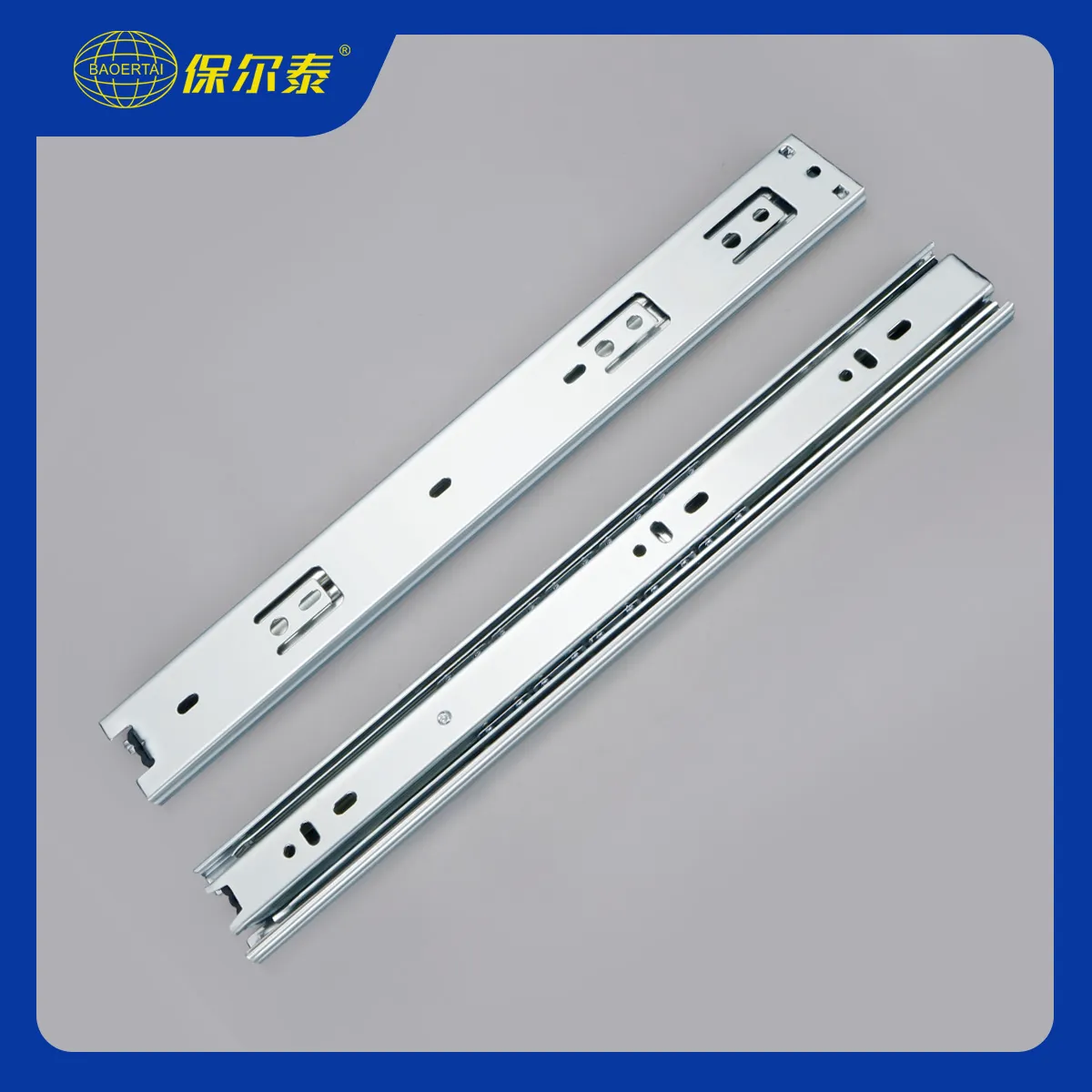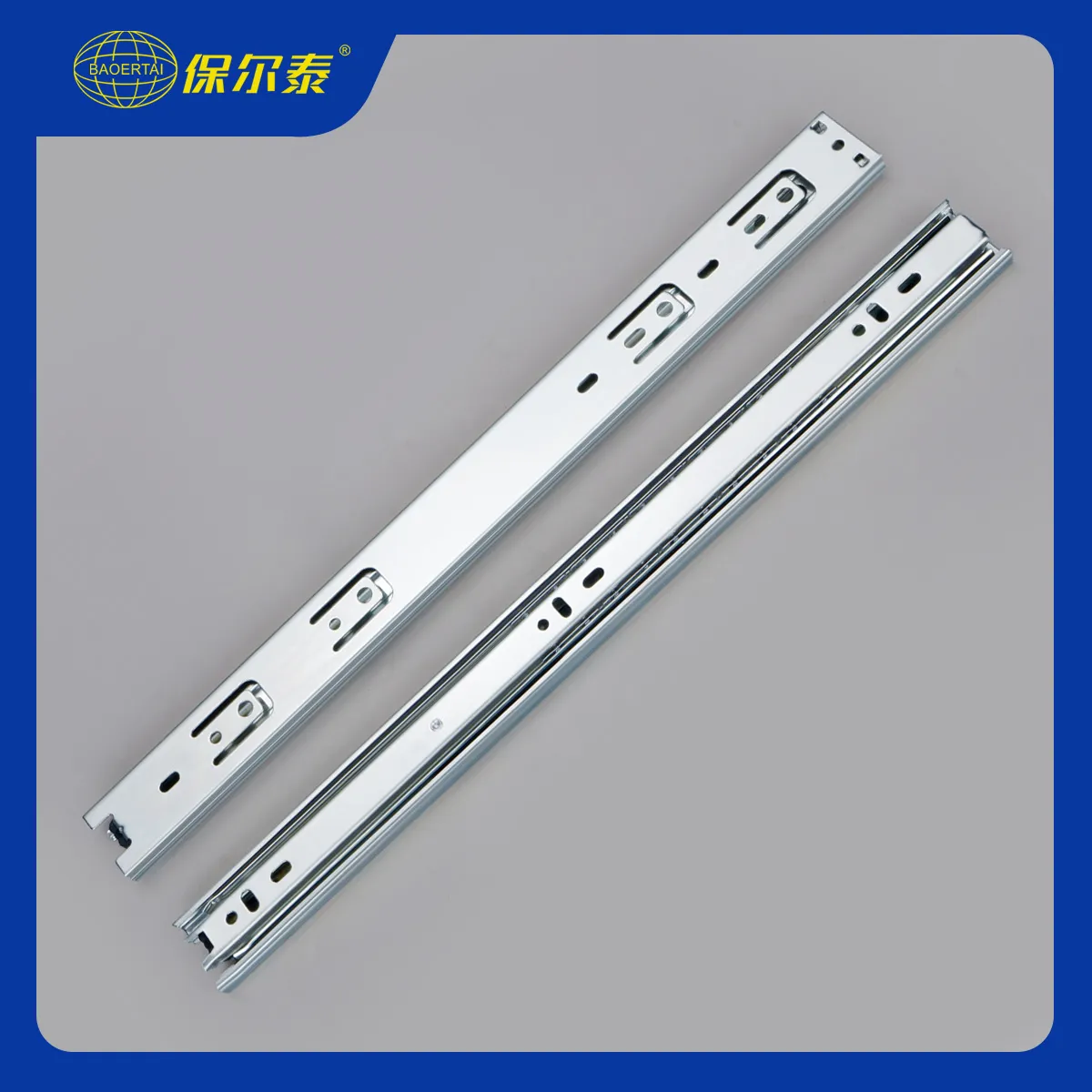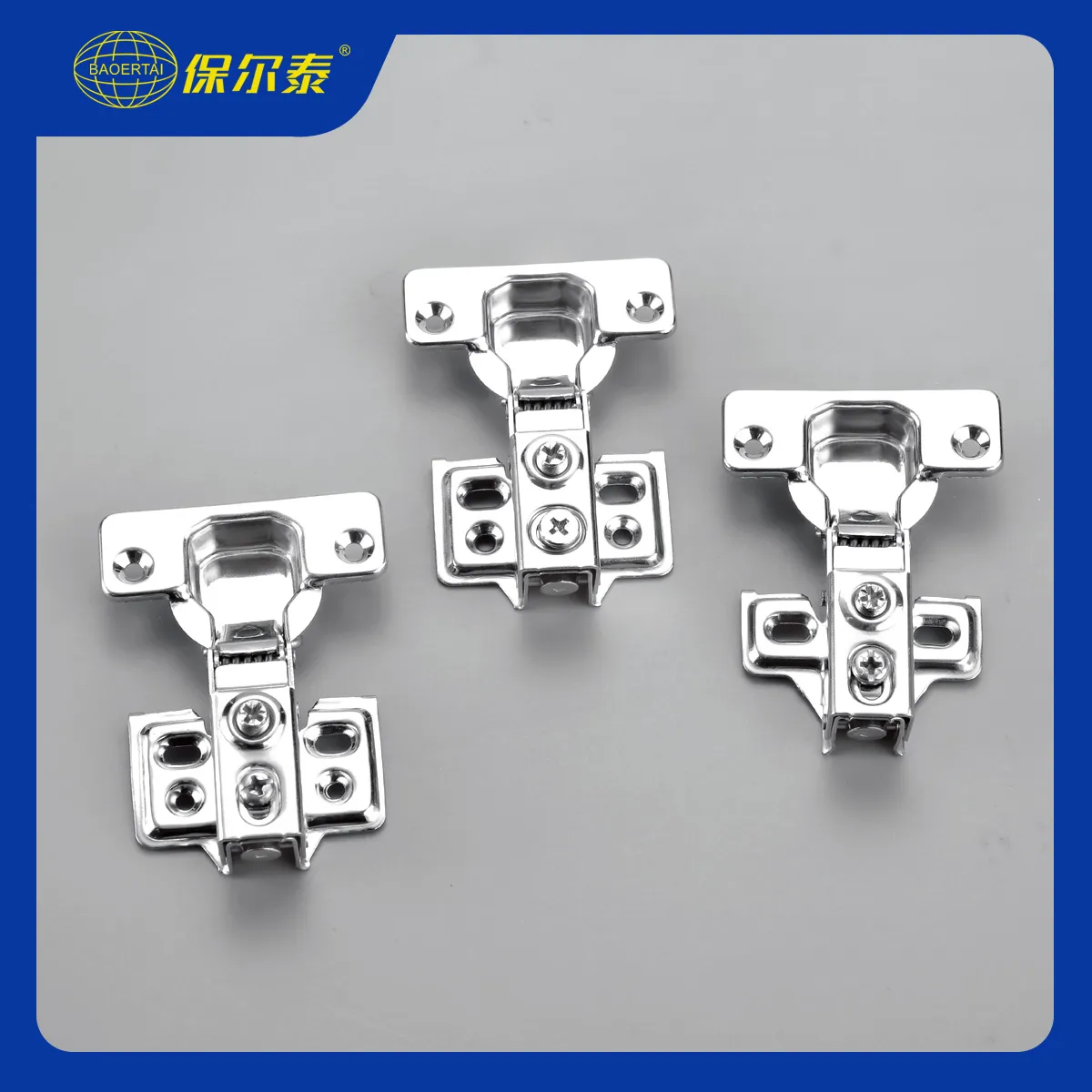Why Hinge Selection Matters in Furniture Manufacturing
As a hardware manufacturing professional, I’ve witnessed countless cabinet projects succeed or fail based on one critical choice: selecting the right hinge type. Industry data from 2024 reveals that misunderstanding hinge classifications accounts for 23% of installation failures and 15% of product returns in global furniture exports.
The Mechanical Heart of Your Cabinetry
A single hinge endures over 50,000 open-close cycles during a cabinet’s lifespan. The three fundamental hinge types each address distinct design challenges:
Frame coverage requirements (visible cabinet frame)
Door alignment configurations (particularly corner cabinets)
Weight distribution physics (from MDF to solid wood)
While innovations like soft-closing mechanisms (e.g., hydraulic dampers) enhance functionality, they don’t alter core hinge classifications.
Technical Breakdown: Hinge Types Decoded
1. Full Overlay Hinges
Design Principle: Completely covers cabinet side panels when closed
Key Specifications:
- Overlay Measurement: 1.25″ to 1.5″ (32-38mm) per side
- Weight Capacity: Supports doors up to 1.5″ thick
Best For: Contemporary frameless cabinets
*Pro Tip: Use 110° opening angles for base cabinets to prevent door-handle collisions.*
2. Half Overlay Hinges
Design Principle: Two doors share one middle panel with partial coverage
Critical Details:
- Overlay Measurement: Precise 50% coverage per door
- Alignment Tolerance: Requires <1mm gap precision between doors
- Ideal Application: Double-door central partitions
3. Inset Hinges
Design Principle: Door sits flush inside cabinet frame
Technical Requirements:
- Recession Depth: 3-5mm door/frame clearance
- Material Restriction: Only for kiln-dried lumber (≤12% moisture)
- Installation: Mandatory 35mm cup boring
Premium Use Case: Traditional furniture with visible frames
Visual Comparison Guide
Table 1: Hinge Type Technical Specifications
| Feature | Full Overlay | Half Overlay | Inset |
| Frame Visibility | None | Partial | Full |
| Door Position | Outside frame | Overlapping | Inside frame |
| Ideal Door Thickness | 18-25mm | 18-22mm | 20-30mm |
| Load Capacity | 15kg | 12kg | 9kg |
*Fig. 1: 3D cutaway diagrams showing door-frame relationships*
Professional Installation Protocol
Critical Measurements
- Determine Overlay Type:
Full Overlay if reveal <5mm
Half/Inset if reveal >15mm
- Gap Calculations:
Full Overlay: Maintain 3-5mm between doors
Half Overlay: Doors touch at centerline ±0.5mm
Advanced Adjustment Techniques
Modern concealed hinges feature:
Depth screws: Compensates for uneven walls (5mm correction)
Lateral slides: Corrects door misalignment
Height tuners: Perfects gap symmetry
Warning: Over-tightening adjustment screws cracks hinge bases. Use thread-locker fluid instead.
Market-Specific Applications
By Cabinet Type
- Base Cabinets: Full overlay maximizes accessibility
- Wall Units: inset hinges for slim profiles
- Corner Cabinets: Half overlay eliminates center posts
Regional Preferences
- North America/EU: 70% demand for soft-close full overlay
- Southeast Asia: Cost-driven half overlay dominance
- Luxury Hospitality: Concealed inset hinges for minimalist aesthetics
Conclusion: Precision Engineering = Market Advantage
In 2024, manufacturers using correct hinge classifications achieved 18% higher customer retention. Key takeaways:
- Match hinges to cabinet engineering – not just price points
- Document specifications precisely (e.g., “HALF OVERLAY” not “partial cover”)
- Provide translated installation manuals
“A hinge is the handshake between furniture and user – make it confident.”


